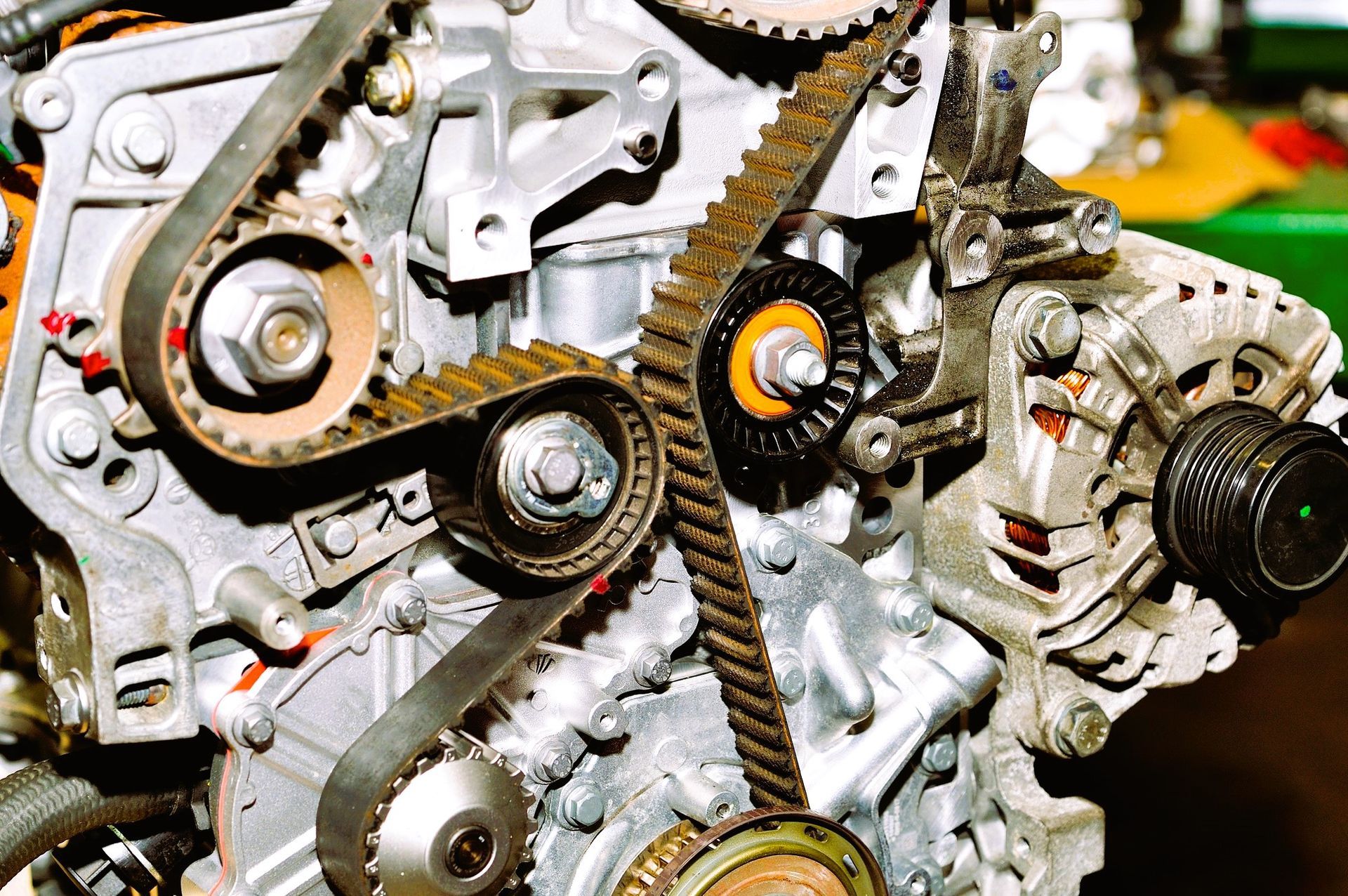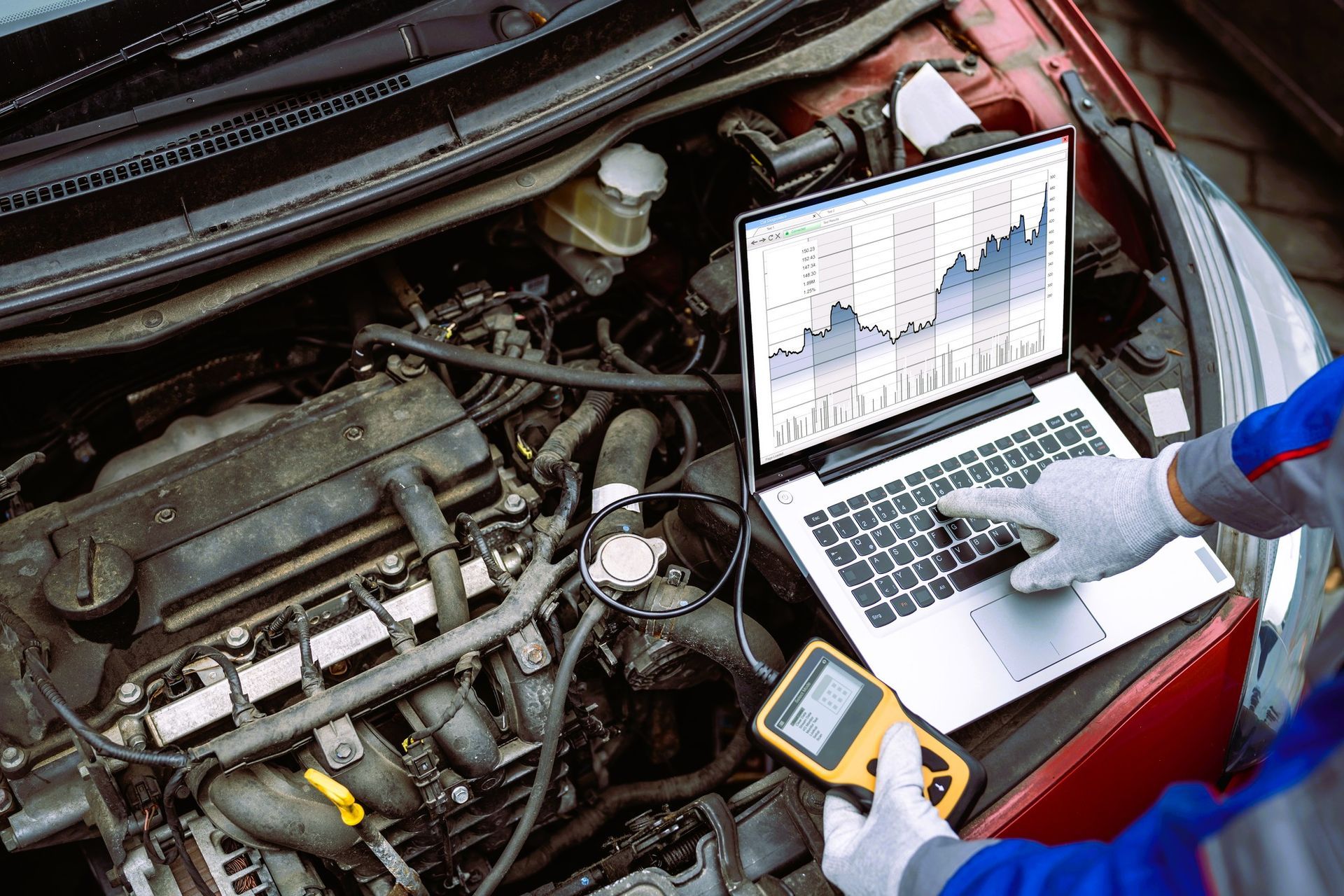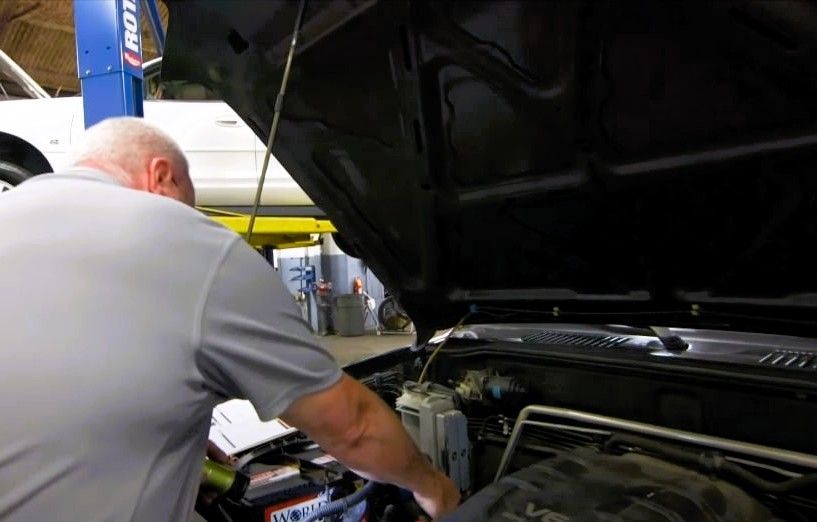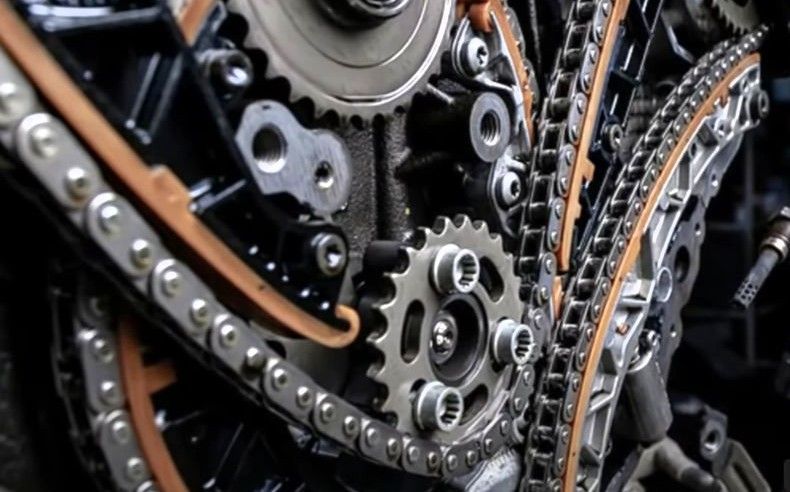Timing Belt vs Timing Chain: Which is Better?
See which is better for your needs: timing belts or chains.

Two types of timing systems are used in modern engines: the timing belt and the timing chain. Both components are essential for keeping your engine running smoothly, but which one is better?
Timing belts and timing chains both serve the same purpose - to keep the crankshaft of an engine synchronized with its camshafts. Both are integral components for any internal combustion engine, but there is a key difference between them: timing belts use rubber links that are connected in a loop, whereas timing chains are metal linkages connected by chain links.
Timing belt or timing chain?
It varies based on your engine type. Here are the pros and cons of each:
Timing Belts:
Pros: Timing belts are quieter and tend to last longer than timing chains. They also take up less space in the engine, making them ideal for cars with tight engine compartments. Additionally, they are relatively inexpensive and easy to replace.
Cons: Belts are made of rubber, so they can become brittle over time and may need to be replaced more often than timing chains. Belts also tend to stretch more easily than chains, which can cause your engine to run inefficiently or even break down completely if the belt slips off its sprocket.
Timing Chains:
Pros: Timing chains are sturdier than belts, making them better suited for higher-performance engines. They also last longer and require less maintenance overall.
Cons:
Timing chains can be expensive to replace because they need to be removed from the engine before being replaced. Additionally, timing chains tend to generate more noise than timing belts, so if you're looking for a quiet ride, this may not be the best option.
Cost Comparison between the two options
When it comes to cost, timing belts generally tend to be cheaper than timing chains. However, timing chains typically last longer and do not require as much frequent maintenance as timing belts, which makes them the better option in terms of value.
Maintenance Requirements for each option
Timing chains require more frequent maintenance than timing belts, as they need to be checked and adjusted regularly to ensure proper functioning. It is recommended to check timing belts regularly for any signs of damage and replace them after covering a distance of 50,000 to 90,000 miles.
Durability Comparison between the two options
When it comes to durability, timing chains are generally more reliable and longer lasting than timing belts. Timing chains have a longer lifespan than timing belts, with a potential mileage of up to 150,000 miles before replacement. In contrast, timing belts usually need replacement between 50,000 and 90,000 miles.
Factors to Consider when Choosing Between a Belt or Chain
When choosing between a belt or chain for your engine, you should consider various factors. These include cost, weight, level, durability and maintenance requirements. Depending on the type of vehicle you have, one option may be more suitable than the other.
Timing Belt vs Timing Chain: Which Option is Better?
Ultimately, the decision between a timing belt and a timing chain comes down to preference. Timing belts offer lighter weight and quieter operation while chains are stronger and last longer. Cost wise, belts tend to be cheaper but in terms of value for money, chains may be better due to their longevity. Maintenance requirements should also be taken into consideration when making your choice as it affects both performance and cost over time. It is important to research which option is best for your specific vehicle before making a decision.
If you're not sure which option to choose, our team of experts can help.
Contact us today and we'll assist you in selecting the appropriate timing belt or chain for your engine. We'll consider all factors and walk you through the entire process.


